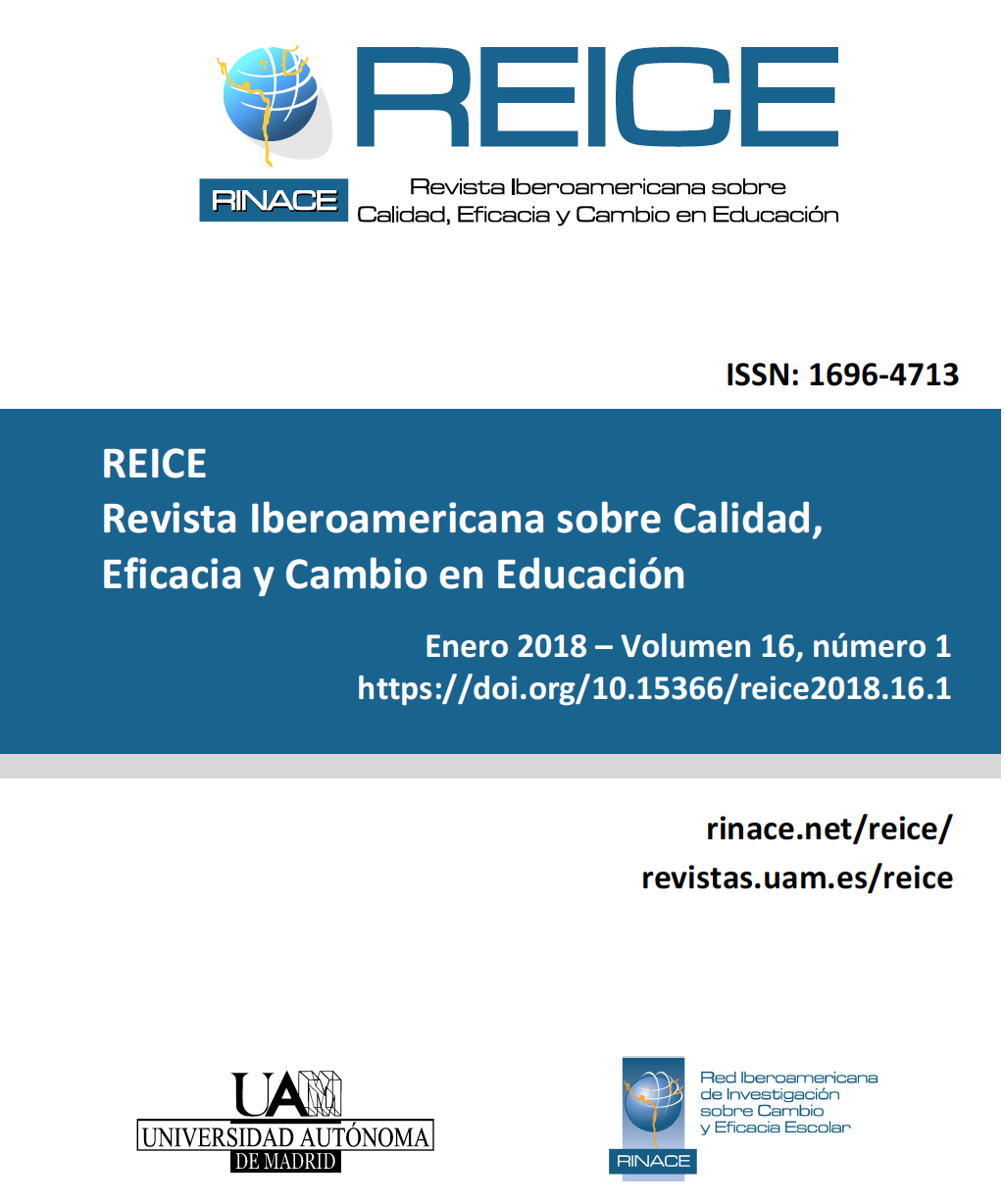Practical and Functional Principles in Situations of Death and Mourning for Professionals of Education
Keywords:
Education, Death Training, Teachers, Educational innovations.Abstract
Currently, society is experiencing a regression on the conception of death. The idea of dying is associated with fear, sadness and anguish. This contribution provides education professionals with a series of guidelines to accompany children and adolescents in the processes of death and grief. It is committed to the inclusion of death in the school curriculum as an axis for the teaching of values and the normalization of death as a fact that is part of life. The method used to carry out the extensive bibliographic search has been, mainly, the search and follow-up of the subject matter that occupies us in different national and international databases. In this way, the method used to analyse the bibliographical references found was mainly: the suitability of the subject, the quality of the journal, the year of publication and the importance of authorship. The ultimate purpose of this study is to conceive and treat death and grief from the systematic perspective that pedagogical intervention provides, far from the processes of improvisation. It is important to note that this document does not intend to be a generalization, but rather that each education professional who wants to carry out a death pedagogy (be it preventive, palliative or both), must take the context into account. Likewise, the prospective of the future of the pedagogy of death is very positive, since it is an emerging and necessary subject in the pedagogical field.
Downloads
References
Aradilla, A. (2004). La muerte una pedagogía emocional. Monitor Educador, 104, 13-16
Baum, H. (2003). ¿Está la abuelita en el cielo? Cómo tratar la ausencia y la tristeza con los niños. Madrid: Espasa Libros.
Benlloch, M. J., Vazquez, V., Boluda, J. y García Bataller, E. (2015). APS como metodología para trabajar la muerte y el duelo en futuros educadores. En A. Cagnolati y J. L. Hernández Huerta (Coords.), Pedagogía ante la muerte. Reflexiones e interpretaciones en perspectivas histórica y filosófica (pp. 21-27). Salamanca: FahrenHouse
Bowlby, J. (1998). El aferrament y la pèrdua - 1: L’aferrament. Barcelona: Paidós
Cantero, M. F. (2013). La educación para la muerte. Un reto formativo para la sociedad actual. Psicogente, 16(30), 424-438.
Colomo, E. (2016). Pedagogía de la muerte y proceso de duelo. Cuentos como recurso didáctico. REICE. Revista Iberoamericana sobre Calidad, Eficacia y Cambio en Educación, 14(2), 1-15
Colomo, E. y De Oña, J. M. (2014). Pedagogía de la muerte. Las canciones como recurso didáctico. REICE. Revista Iberoamericana sobre Calidad, Eficacia y Cambio en Educación, 12(3), 109-121
Corr, C. A. (2016). Teaching about life and living in courses on death and dying. OMEGA, 72(2), 174-187.
Cortina, M. (2003). Educar teniendo en cuenta la muerte. Aula de Innovación Educativa¸122, 52-58
Cortina, M. y Herrán, A. (2005). Cine y educación para la muerte II. Making Of. Cuadernos de Cine y Educación, 36, 20-33
Cortina, M. y Herrán, A. (2011). Pedagogía de la muerte a través del cine. Madrid: Editorial Humanitas.
Díaz, I. (2004). I ara, on és? Com ajudar els nens i els adolescents a entendre la mort. Barcelona: Oxigen Viena
Dussel, I. y Southwell, I. (2007). Ante el dolor, ¿qué puede la escuela? Recuperado de http://www.me.gov.ar/monitor/nro12/dossier1.htm
Esquerda, M. y Agustí, A. M. (2010). El nen i la mort. Acompañar els infants i adolescents en la pèrdua d’una persona estimada. Lleida: Pagès Editors.
Fernández, I. (2013). El Joan ha mort. Conte i guía per acompañar els nens i els adolescents en el dol la comprensió de la mort. Lleida: Pagès Editors.
González, I. y Herrán, A. (2010). Introducción metodològica a la muerte y los miedos en educación infantil. Tendencias Pedagógicas, 15(1), 124-149
Herrán, A. y Cortina, M. (2006). La muerte y su didáctica. Manual Para educación infantil, primaria y secundaria. Madrid: Universitas S.A.
Herrán, A. y Cortina, M. (2008). La educación para la muerte como ámbito formativo: Más allá del duelo. Psicooncología: Investigación y Clínica Biopsicosocial en Oncología, 5(2-3), 409-424
Herrán, A. y Cortina, M. (2009). La muerte y su enseñanza. Diálogo Filosófico, 75, 499-516
Herranz, S. (2016). Los niños ante el duelo por la muerte de un ser querido. Recuperado de http://haztua.com/duelo-en-menores/
Kroen, W. (1996). Cómo ayudar a los niños a afrontar la pérdida de un ser querido. Barcelona: Paidós
Kübler-Ross, E. (2003). Aprender a morir-aprender a vivir. Preguntas y respuestas. Barcelona: Sirpus.
Poch, C. y Herrero, O. (2003). La muerte y el duelo en el contexto educativo. Reflexiones, testimonios y actividades. Barcelona: Paidós
Ramos Álvarez, R. (2014). Las estrellas fugaces no conceden deseos: programa de prevención, evaluación e intervención por duelo en el contexto escolar. Madrid: TEA Ediciones
Ransanz, E. (2015). La muerte en el desarrollo de la madurez personal del educando. En A. Cagnolati y J. L. Hernández Huerta (Coords.), Pedagogía ante la muerte. Reflexiones e interpretaciones en perspectivas histórica y filosófica, (pp. 161-167). Salamanca: FahrenHouse
Rodríguez Fernández, I. (2000). Génesis y evolución de las actitudes ante la muerte en la infancia. Cuadernos de Bioética, 1, 113-118
Serra, X. (2014). I jo, també em moriré? Com es pot ajudar els infants i els joves a conviure amb la pèrdua i la mort de qui estimem. Barcelona: Columna.
Shumba, J., Moyo, G. y Rembe, S. (2015). Bereavement counseling: A dilema for school counselors? International Journal of Science Education, 11(3), 277-284
Song, H. D. y Kim, K. H. (2015). A study on the development of the prioritzation items for Student-intended well-dying education program using DACUM technique. Indian Journal of Science and Technology, 8(25), 1-7
Turner, M. (2004). Cómo hablar con niños y jóvenes sobre la muerte y el duelo. Barcelona: Paidós
Zhang, J. y Li, X. (2016). Study of life education for college freshmen in China. Interntional Education Studies, 8(12), 75-80
